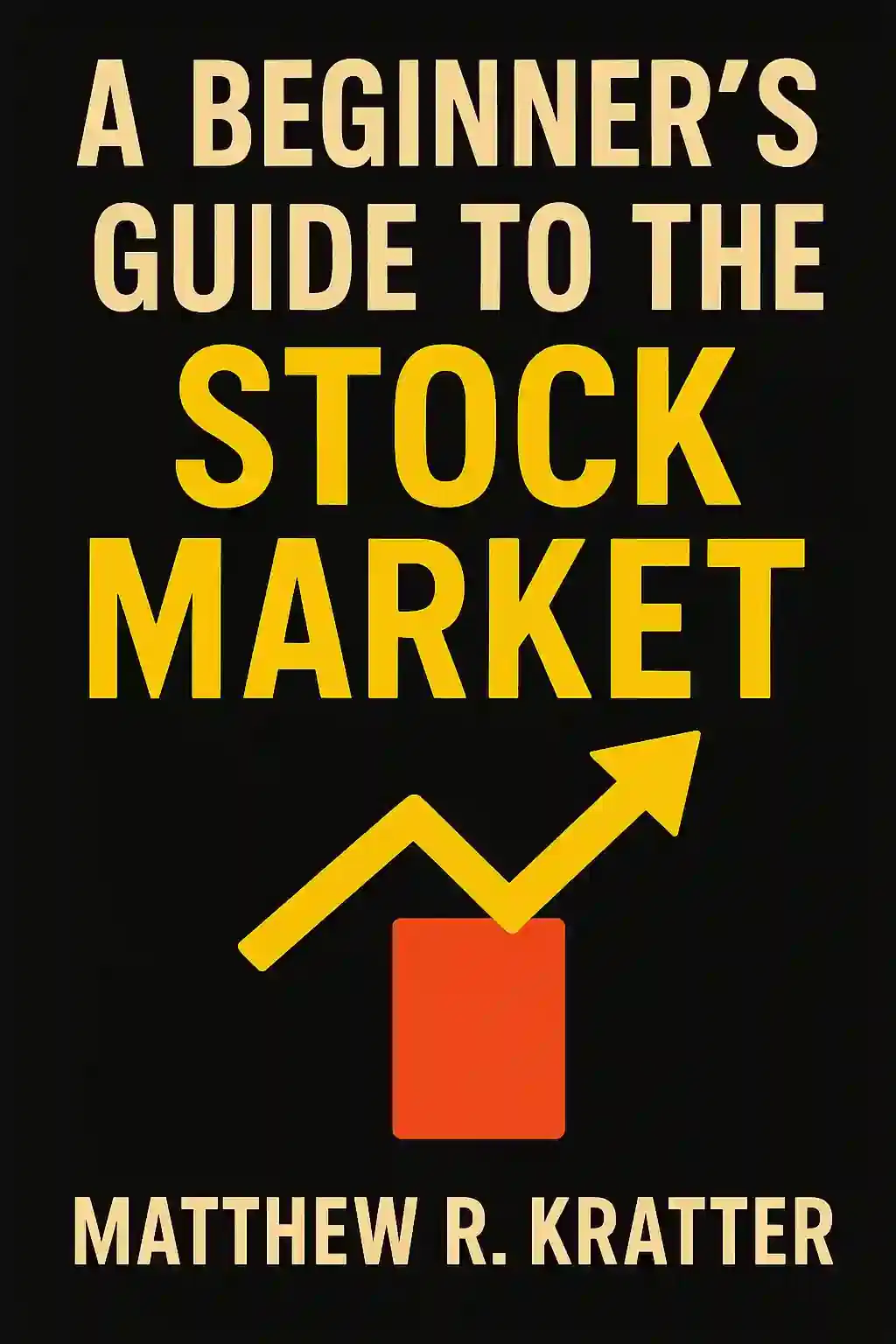What is
Stock Investing For Dummies about?
Stock Investing For Dummies by Paul Mladjenovic is a comprehensive guide to building wealth through strategic stock market investing. It covers fundamentals like assessing risk, diversifying portfolios, and leveraging tools like ETFs and AI-driven strategies. The book also addresses navigating volatile markets, long-term wealth-building tactics, and modern trends such as factor investing and stock warrants.
Who should read
Stock Investing For Dummies?
This book is ideal for beginners seeking foundational knowledge and experienced investors updating their skills. It’s tailored for those interested in practical strategies for diverse markets, including AI integration, ETFs, and risk management. Readers aiming to balance short-term opportunities with long-term financial goals will find it particularly valuable.
Is
Stock Investing For Dummies worth reading?
Yes, the book offers actionable advice from Paul Mladjenovic’s decades of expertise, helping readers avoid common pitfalls and adopt sustainable strategies. Its updated 7th edition includes insights on AI tools, global market shifts, and post-pandemic investing, making it relevant for today’s economic climate.
What are the key takeaways from
Stock Investing For Dummies?
Key lessons include assessing personal finances before investing, diversifying through ETFs and options, and prioritizing long-term growth over speculation. The book emphasizes continuous learning, risk mitigation through research, and adapting strategies to market conditions like volatility or technological disruptions.
How does
Stock Investing For Dummies approach risk management?
The book advocates for portfolio diversification across sectors and asset classes, stress-testing investments against market downturns, and using stop-loss orders. It also highlights the importance of understanding macroeconomic trends and company fundamentals to minimize losses during volatility.
Does
Stock Investing For Dummies cover AI and technology in investing?
Yes, the 7th edition dedicates sections to AI’s role in stock analysis, automated trading tools, and identifying tech-driven growth sectors. It explains how investors can use AI to analyze trends, manage portfolios, and capitalize on emerging opportunities in robotics, big data, and renewable energy.
What investment strategies are recommended in
Stock Investing For Dummies?
Strategies include value investing (undervalued stocks), growth investing (high-potential companies), and income investing (dividend-paying stocks). The book also explores ETFs for low-cost diversification, options for hedging, and “factor investing” to target specific market drivers like volatility or momentum.
How does
Stock Investing For Dummies help beginners start investing?
The guide outlines steps like setting financial goals, choosing a brokerage, analyzing financial statements, and building a balanced portfolio. It demystifies jargon, provides checklists for due diligence, and offers templates for tracking investments over time.
What are some notable quotes from
Stock Investing For Dummies?
- “Investing is not a sprint; it’s a marathon”: Stresses patience and compounding returns over decades.
- “Do your homework before you invest”: Encourages rigorous research into companies and market trends.
- “A good investor is a lifelong learner”: Highlights adapting to new tools, regulations, and economic shifts.
How does
Stock Investing For Dummies address market volatility?
It advises using dollar-cost averaging to mitigate timing risks, holding defensive stocks (e.g., utilities), and maintaining liquidity to seize opportunities during downturns. The book also discusses interpreting volatility indicators like the VIX index to inform decisions.
What are the criticisms of
Stock Investing For Dummies?
Some advanced investors may find the content too basic, as it prioritizes foundational concepts over complex tactics like derivatives trading. However, its practicality and updated examples make it a reliable primer for most readers.
How does
Stock Investing For Dummies compare to other investing books?
Unlike theoretical texts, Mladjenovic’s guide focuses on actionable steps, real-world case studies, and adapting to modern tools like AI. It’s more comprehensive than niche books, covering everything from ETFs to global crises, making it a versatile resource for varied investors.














